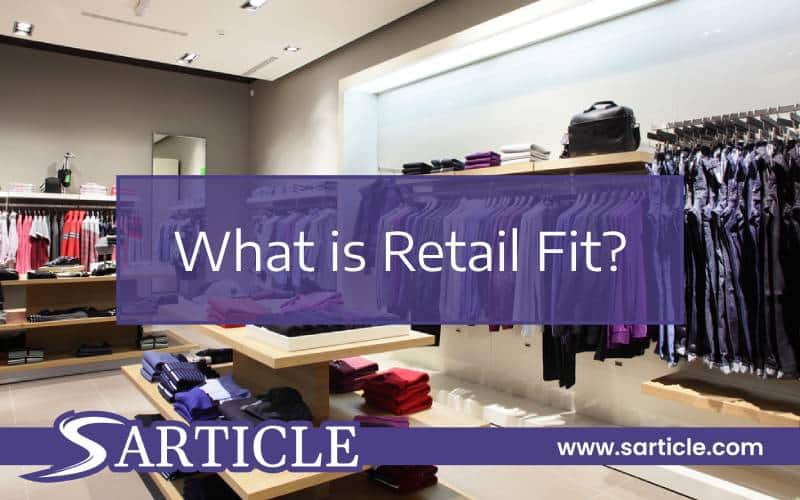In the retail industry, the term “retail fit” refers to the process of ensuring that a physical retail space is designed, organized, and stocked in a way that maximizes its appeal to customers and facilitates a seamless shopping experience. It involves creating an environment that aligns with the brand, engages customers, and optimizes the use of space. In this article, we will delve into the concept of retail fit, exploring its significance, key elements, and best practices.
The Significance of Retail Fit
An effective retail fit is crucial for attracting customers, encouraging them to stay longer, and ultimately driving sales. It goes beyond mere aesthetics and encompasses various aspects of the retail environment, including layout, visual merchandising, product placement, lighting, and overall ambiance. A well-fitted retail space creates a positive impression, establishes a strong brand identity, and enhances the overall shopping experience.
Key Elements of Retail Fit
Achieving retail fit involves careful consideration of several key elements. Let’s explore each of them:
1. Store Layout and Design
The layout and design of a retail store significantly impact the customer experience. A well-designed layout ensures smooth traffic flow, easy navigation, and efficient use of space. It involves considering factors such as aisle width, product placement, and focal points to guide customers through the store and encourage exploration.
2. Visual Merchandising
Visual merchandising plays a crucial role in attracting customers and showcasing products effectively. It involves creating visually appealing displays, arranging products in an organized and enticing manner, and using signage and graphics to communicate information and promotions. Visual merchandising helps capture attention, highlight key products, and inspire customer engagement.
3. Product Placement and Stock Management
Strategic product placement is essential for optimizing sales. Retailers must carefully consider the placement of high-demand or impulse-buy items to maximize their visibility and accessibility. Additionally, effective stock management ensures that products are adequately stocked, shelves are well-maintained, and inventory is regularly replenished to avoid out-of-stock situations.
4. Lighting and Ambiance
Lighting plays a critical role in setting the mood and ambiance of a retail space. Appropriate lighting enhances product visibility, creates a welcoming atmosphere, and influences customer behavior. Balancing natural and artificial lighting, using accent lighting to highlight specific areas or products, and adjusting lighting levels according to different sections of the store can significantly impact the overall retail fit.
5. Brand Consistency
Consistency with the brand identity is key to establishing a strong retail fit. The store’s design, layout, color scheme, signage, and overall ambiance should align with the brand’s image and values. Consistency builds trust, fosters brand recognition, and enhances the overall customer experience.
Best Practices for Achieving Retail Fit
To achieve an optimal retail fit, retailers can follow these best practices:
1. Understand the Target Customers
Understanding the target customers is crucial for tailoring the retail fit to their preferences and needs. Retailers should gather insights about their target demographic, their shopping habits, and their expectations. This information can help inform decisions related to store layout, product assortment, and overall store experience.
2. Conduct Regular Store Audits
Regular store audits allow retailers to evaluate the effectiveness of their retail fit strategies. By reviewing factors such as store layout, visual merchandising displays, product placement, and customer feedback, retailers can identify areas for improvement and make necessary adjustments to enhance the retail fit.
3. Incorporate Technology
Leveraging technology can enhance the retail fit and provide a more personalized shopping experience. Retailers can implement features such as interactive displays, digital signage, mobile apps, and smart shopping carts to engage customers, provide product information, and streamline the shopping process.
4. Train and Empower Store Staff
Well-trained and knowledgeable store staff contribute significantly to the retail fit. Staff members should understand the store layout, product placement strategies, and brand messaging to assist customers effectively. Regular training programs can ensure that the staff remains updated and equipped to provide exceptional customer service.
5. Seek Customer Feedback
Customer feedback is invaluable for understanding the effectiveness of the retail fit. Retailers should actively seek feedback through surveys, social media channels, and in-store interactions. This feedback can provide insights into areas that require improvement and help refine the retail fit strategies.
Conclusion
Retail fit is a critical aspect of creating an appealing and customer-centric retail environment. By focusing on store layout, visual merchandising, product placement, lighting, and brand consistency, retailers can enhance the overall shopping experience and drive customer engagement. Adopting best practices, understanding the target customers, and incorporating technology can further elevate the retail fit. By continuously evaluating and refining the retail fit strategies, retailers can create a compelling retail experience that attracts and retains customers.


